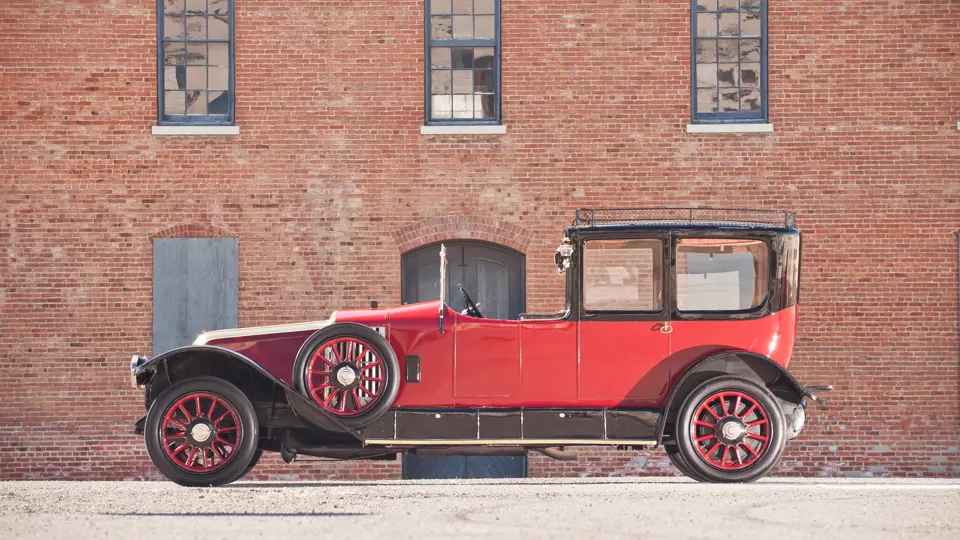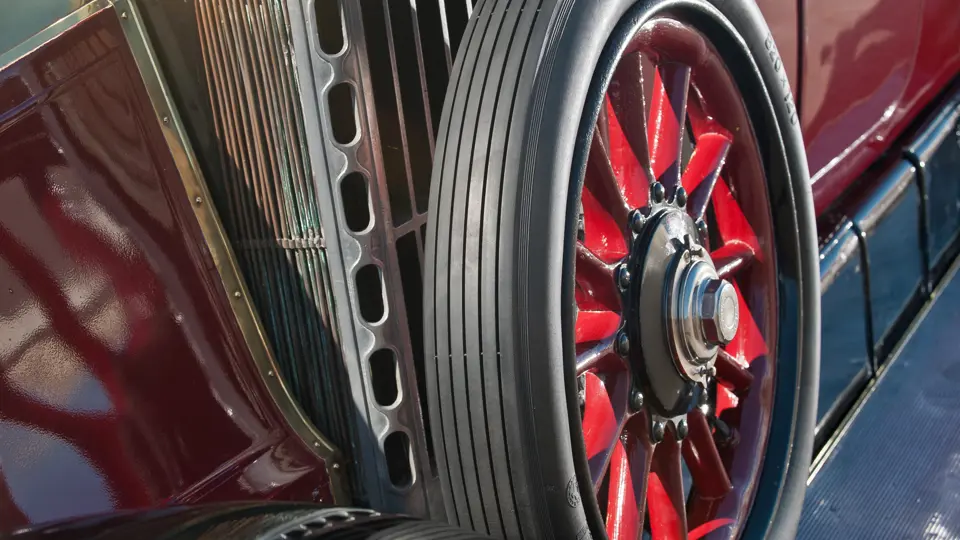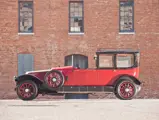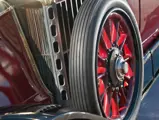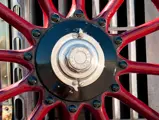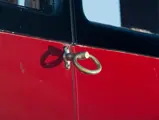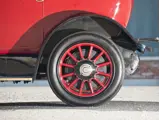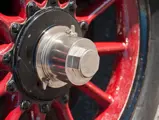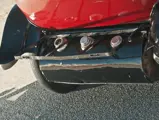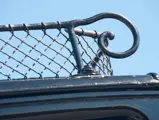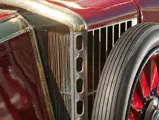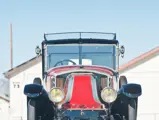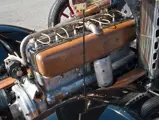Bidders are advised that this Renault town car is on display outside the auctin room and will be sold from the scree3ns as the vendor is concerned that while the engine has been fired recently, after a long period of storage, it should be disassembled and inspected before it is run for any length of time in order to avoid the risk of damage to the parts of such a rare car, with only about five examples remaining. In addition, RM is concerned that the cars great weight and long wheelbase may damage the ramps and turntables.
140 bhp, 9,122 cc (557 cu. in.) L-head inline six-cylinder engine with four-speed manual transmission, front suspension via solid axle and inline semi-elliptic leaf springs, rear suspension via live axle and inline semi-elliptic leaf springs, and servo assisted drum brakes. Wheelbase: 147.625"
- A largely original example never needing a complete restoration
- From an important West Coast collection and believed to be one of less than five in existence today
- One of the largest models built by Renault and featuring the massive 557 cu. in. six-cylinder engine
The Renault Company was formed by Louis Renault in late December of 1898. Born in 1877, he was a difficult child who frequently skipped school to sneak into factories making steam engines and their parts, railway repair yards and the like. After failing repeatedly to redirect his energies, Louis’ father finally gave in and bought him a used Panhard engine with which he began tinkering immediately. Still virtually illiterate, he soon displayed a natural genius for all things mechanical.
His first major invention was a direct drive transmission, which he fitted, along with the Panhard engine, to a de Dion tricycle modified to four-wheel configuration. He took his voiturette out one evening in 1898, and when one of his father’s friends asked for a ride, he complied. Amazingly, his machine climbed the steps of a prominent building and completed a circuit of several blocks. His amazed passenger promptly bought the machine, and that night he received a dozen orders, most with healthy deposits. Unfortunately, he had no factory, no tools and no money.
His two older brothers – already financially successful – offered to back him, and Renault Frères was formed. The cars were a success, and within six months, more than 60 had been sold. Renault’s genius resulted in many more patents, rapid development and improvement of his automobiles and astonishing growth for the new company.
Carrosserie Kellner
As was the case with many prominent automotive coachbuilders, Kellner’s origins date back to 1861 when Georges Kellner founded the company to cater to the carriage trade. When the automobile came along at the turn of the century, it was only natural for Kellner to make a transition to automobile bodies. The company’s first automobile bodies were delivered in 1903.
Georges Sr. retired in 1910, leaving the company in the hands of his two sons, Paul and Georges Kellner, Jr., who is widely credited with the invention of the ‘torpedo’ style. For the next ten years, the two brothers ran the company together, but in 1919 Georges Jr. purchased Paul’s shares and became the sole proprietor.
As the company focused on the top of the market, it became known for its offerings on the leading chassis of the day, including Hispano-Suiza, the Bugatti Type 41 “Royale,” Rolls-Royce, Bentley, Locomobile and many others.
As the company prospered, it progressed through a series of factories, the most impressive of which was opened in 1920 along the Champs-Élysées. The volume of coachbuilding work declined throughout the 1930s, and the company transitioned to manufacturing aircraft parts.
Georges Jr. passed away in 1931, leaving the company to his son Jacques, who had studied engineering and law. In 1942, at just 44 years of age, he was accused by the German occupying forces of being a reluctant collaborator, and on the 21st of March 1942 they shot and killed him. The firm was liquidated, and the long line of the most prestigious Carrosserie Kellner came to an end.
The Type JP Renault 40CV
The massive Type JP, with its 40 CV (rated) would prove to be the largest and most impressive automobile ever manufactured by Renault. With a wheelbase of well over 12 feet, it proved the ideal platform for impressive custom coachwork, and the car was quickly adopted by both business and government leaders of France. One of the best known was the one purchased for the President of France.
Today, only four or five are known to survive, and most reside in the world’s top collections, including the Peter Mullin, Evert Louwman and Blackhawk Collections. The current owner is a prominent west coast collector himself, specializing in outstanding motor cars, many of which have been shown at the Pebble Beach Concours d’Elegance.
The example offered here has benefited from a service, including the installation of a correct and rebuilt generator and magneto. At 9.1 liters, the largest ever built by Renault, the car is largely complete and running. An ideal canvas upon which to imprint the personality of the collector and restorer, this magnificent car appears correct and is missing only a handful of minor items, such as one instrument, but includes many lovely original details, such as cut glass carriage lights, an original brocade interior and even the proper fuel gauge. The car starts and runs, and the body appears solid, showing imperfections to be expected from an unrestored car, as does the interior. This is truly an ideal candidate for restoration, showing the age where restoration is advised but complete enough to make the project relatively straightforward. With its massive nine-liter engine, it can be expected to be a front runner in any driving event while providing the utmost coachbuilt comfort and elegance.





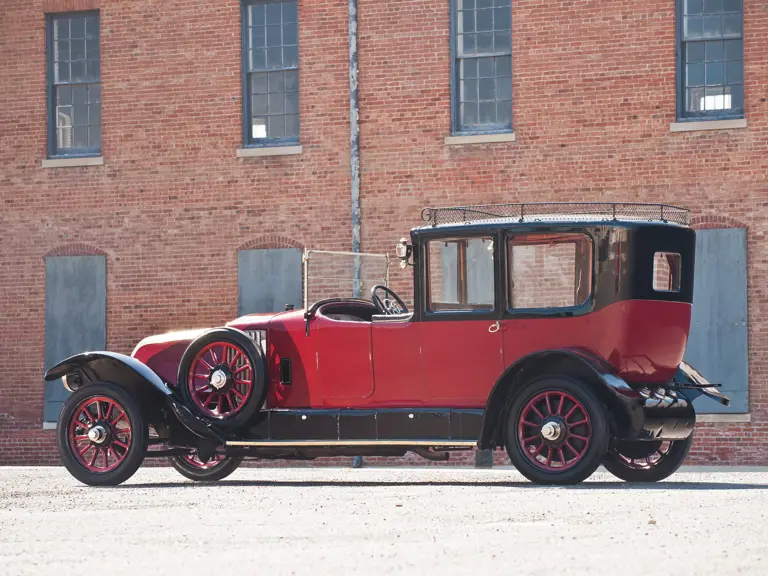

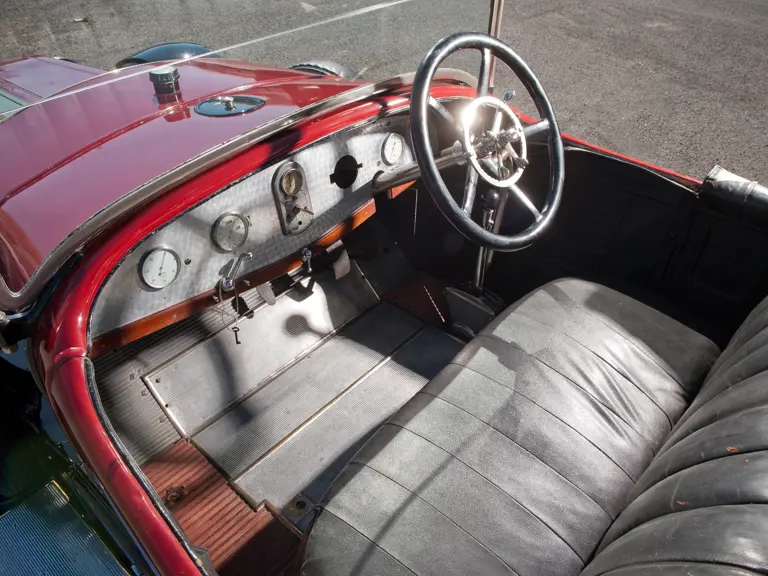
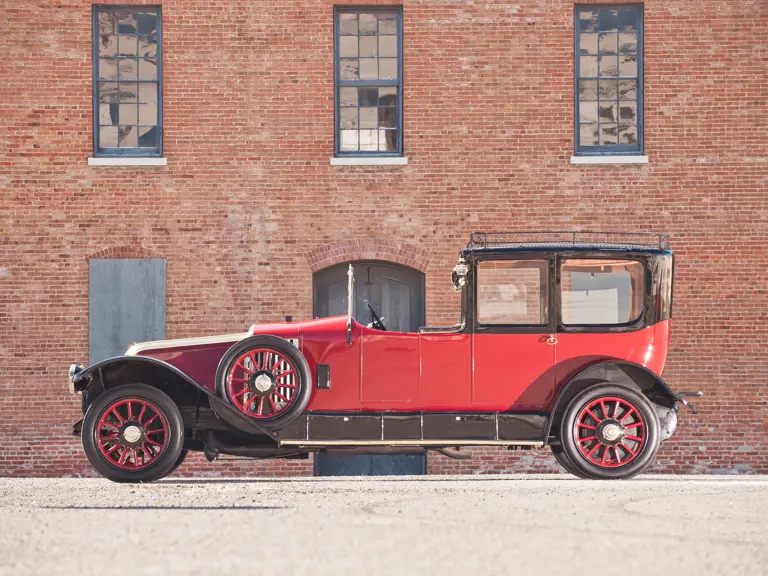

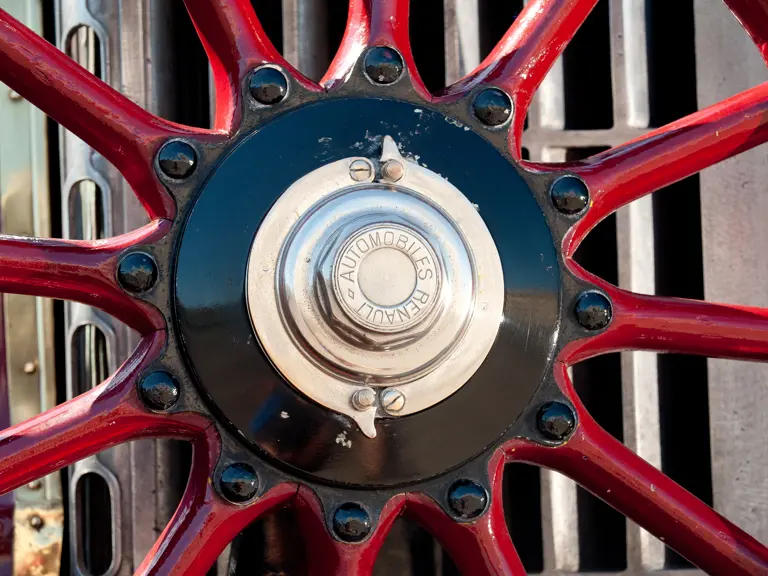
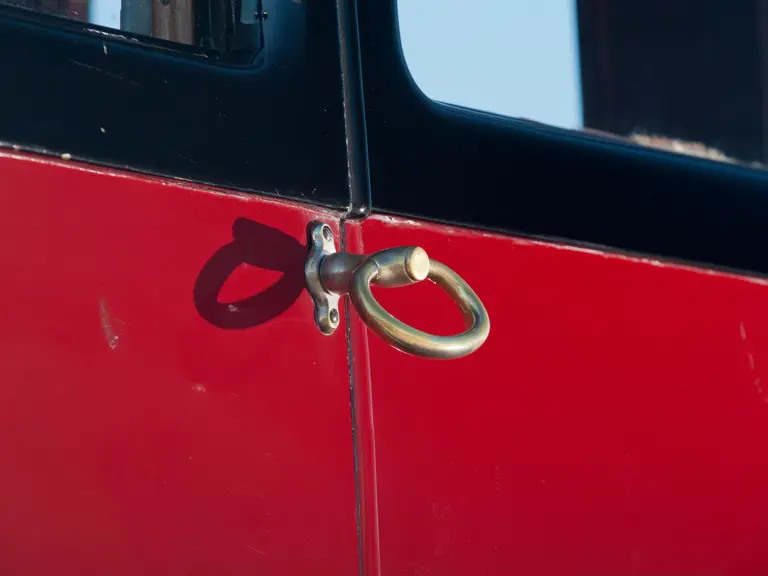
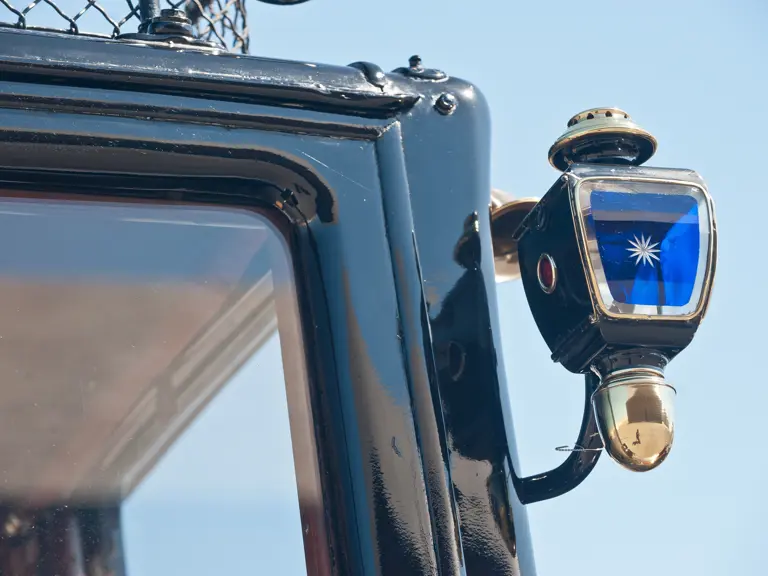


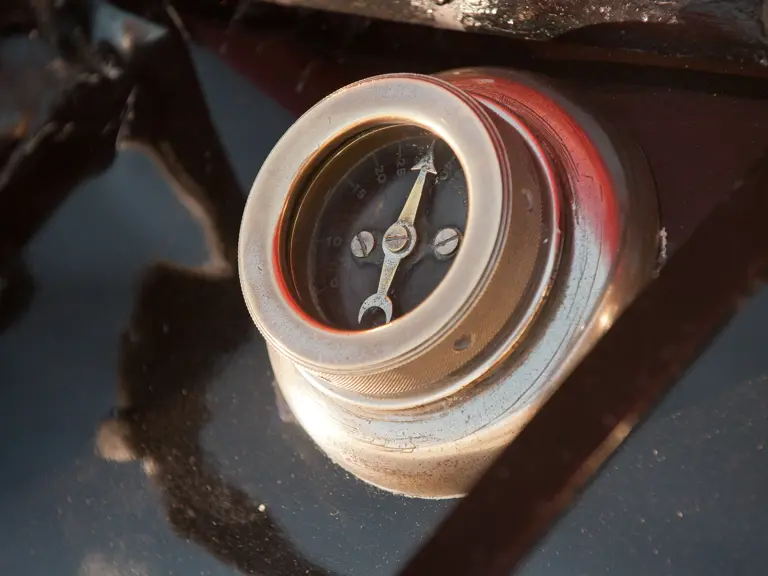
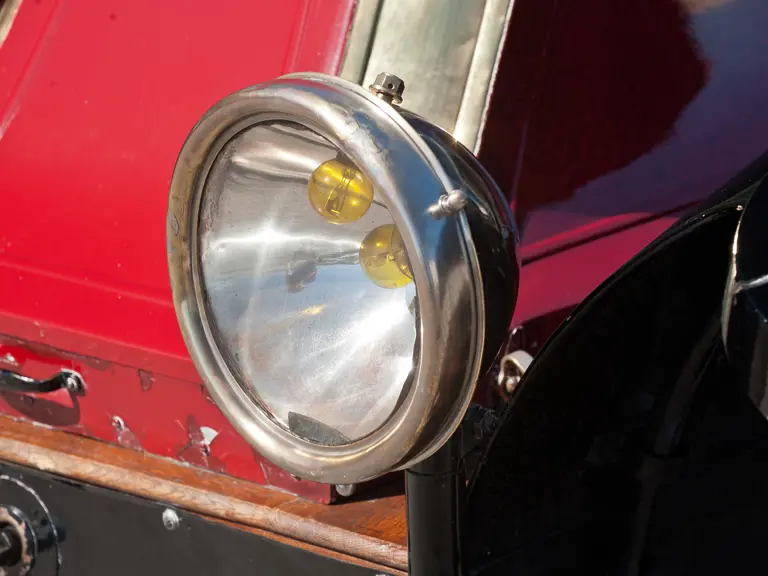

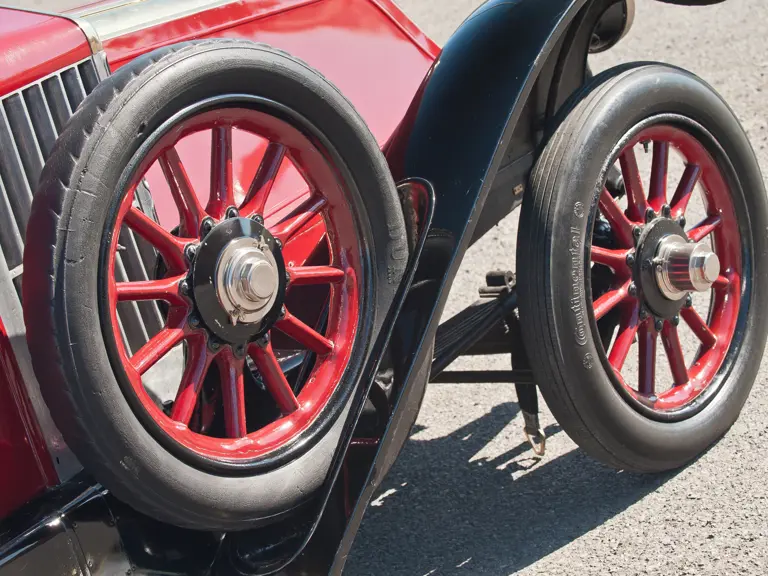
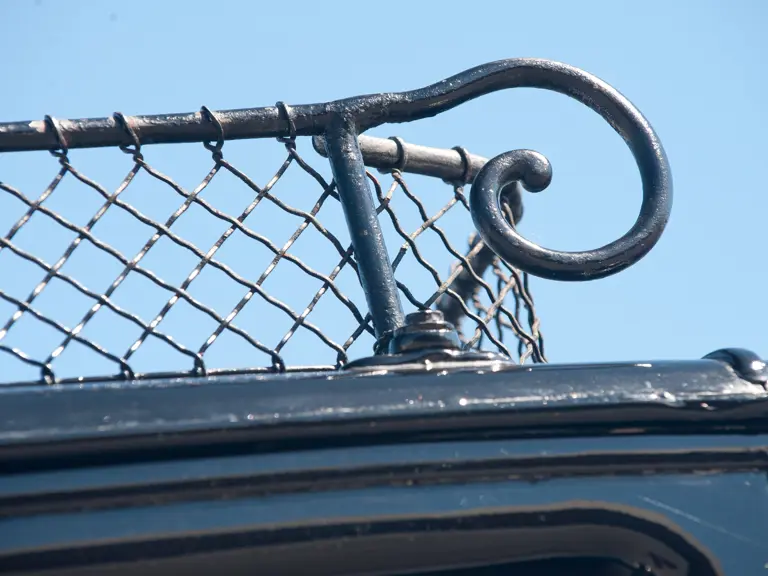
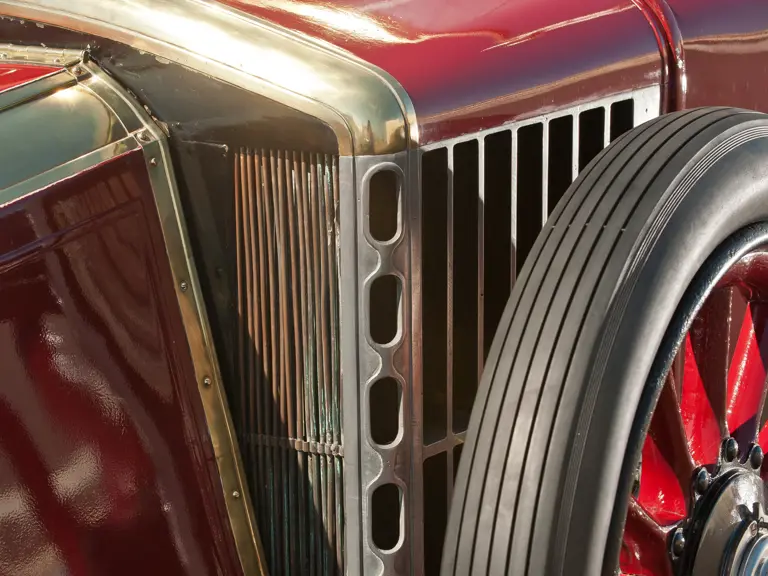

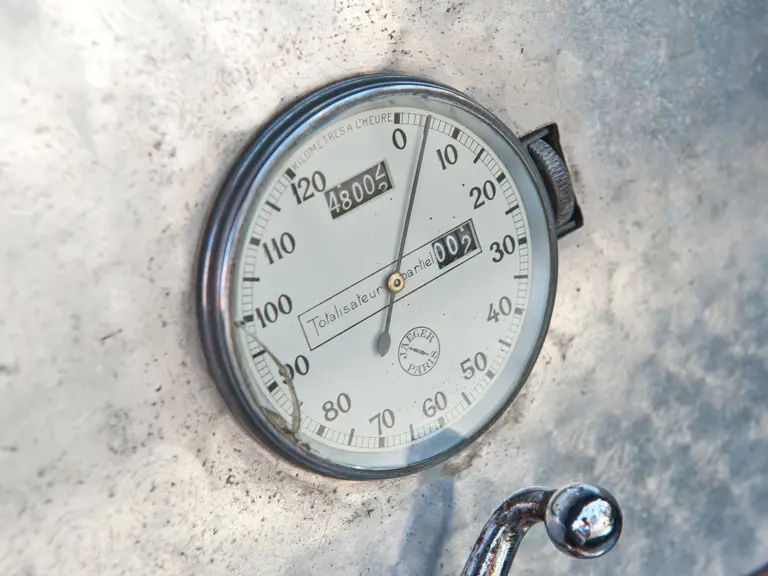
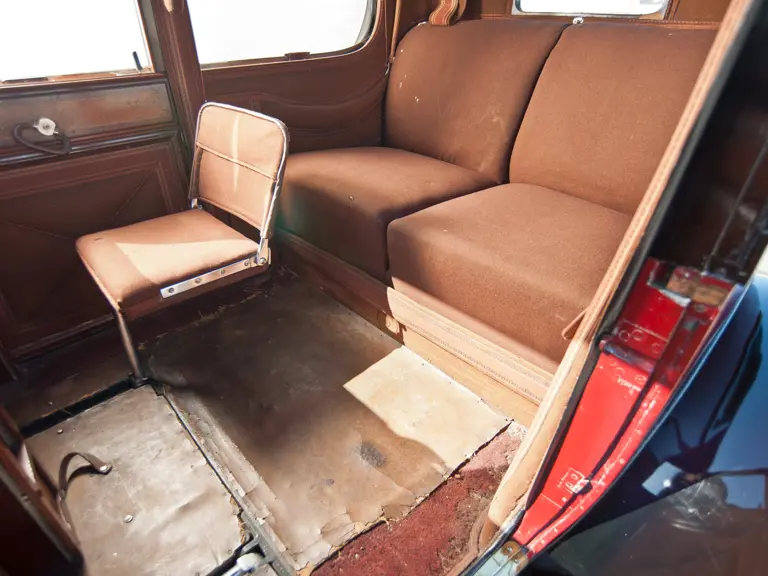

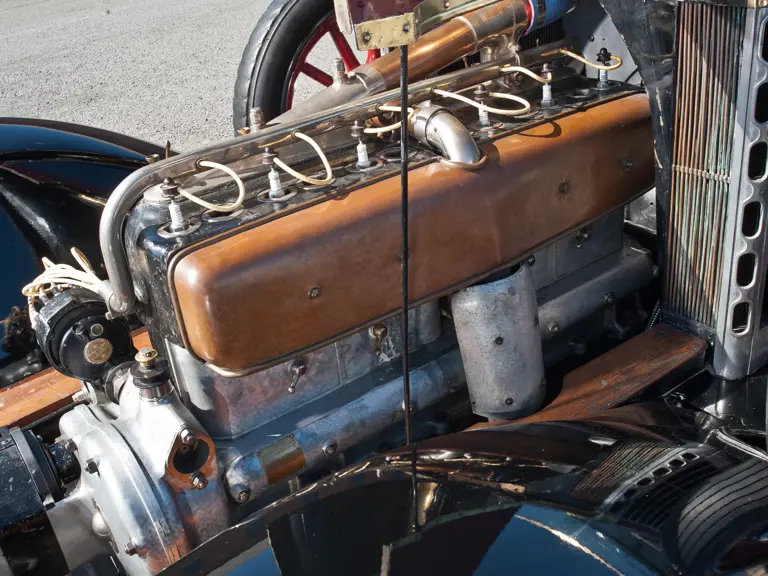

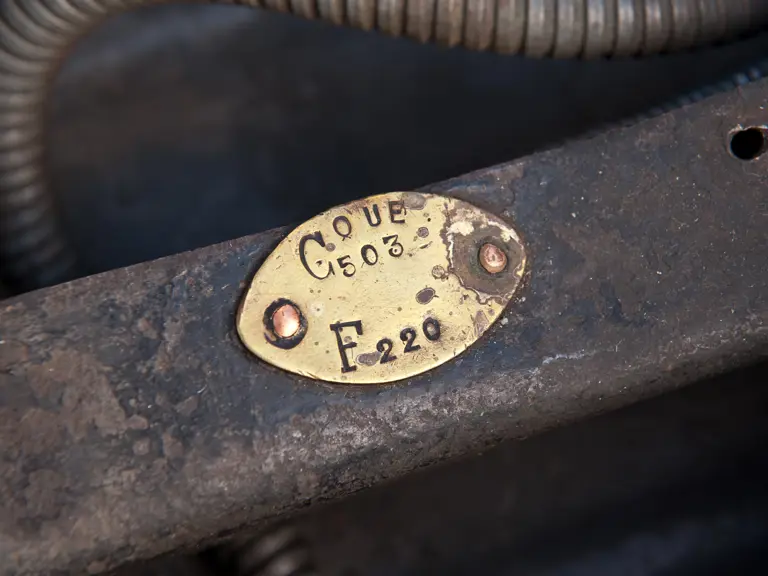
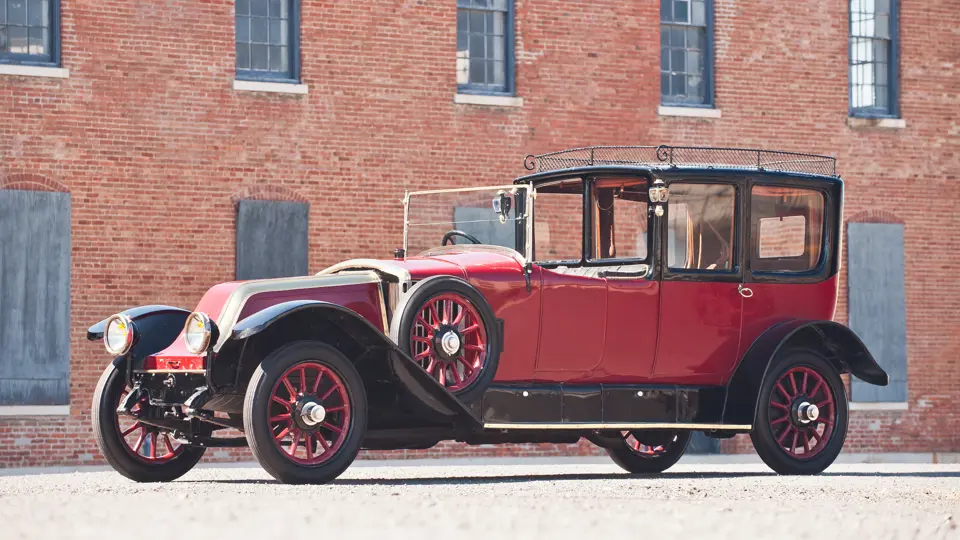
 | Monterey, California
| Monterey, California
